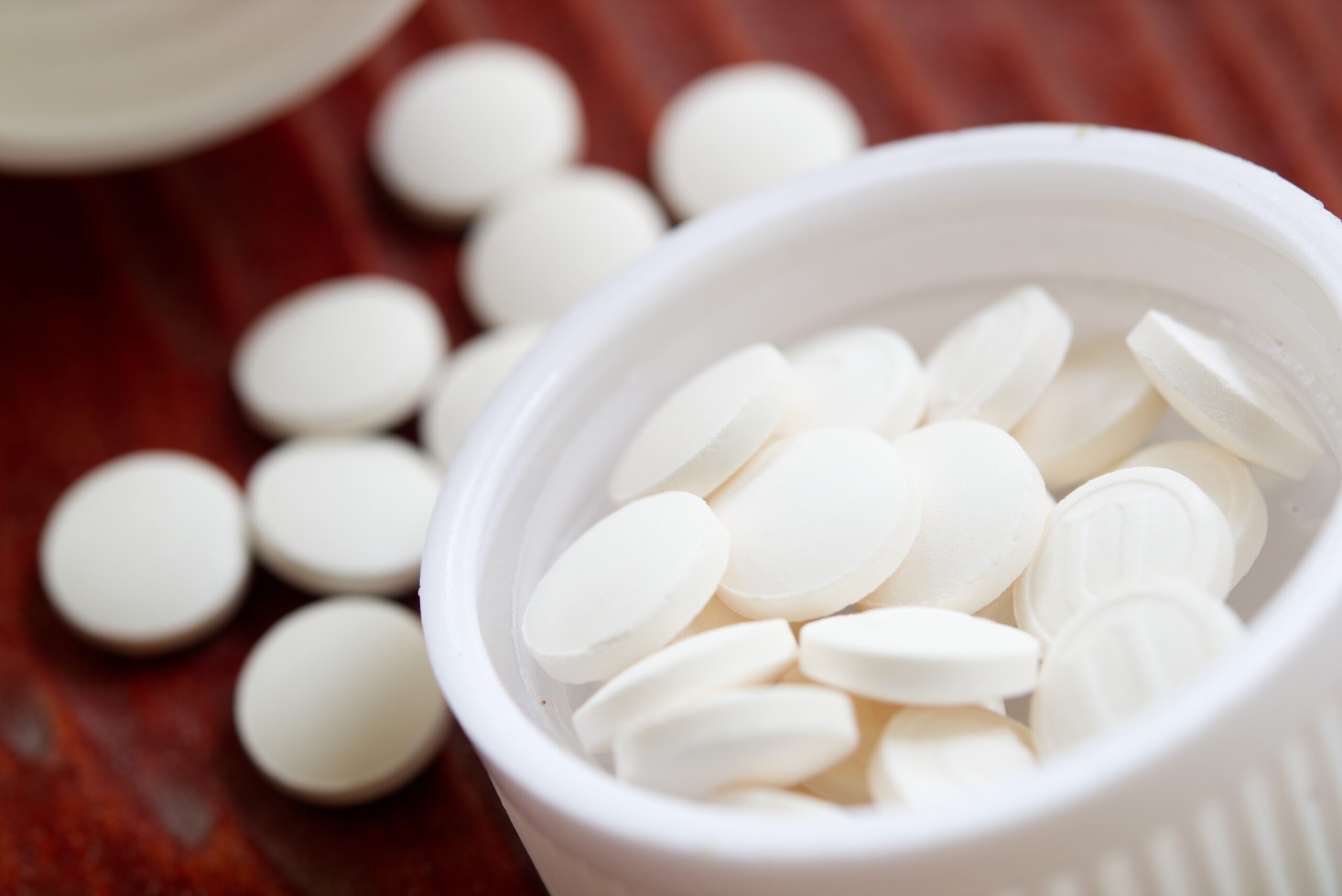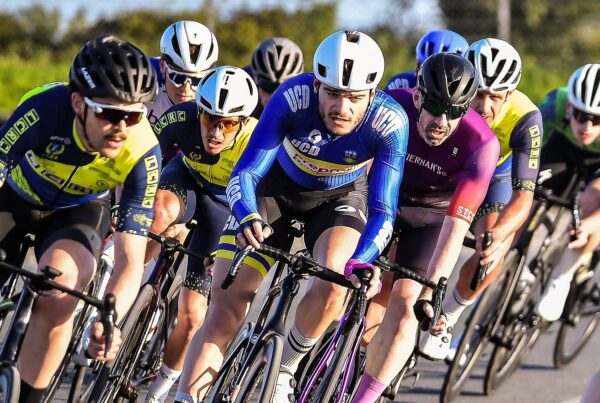
By Marine Lenehen, Nutrition Coach
Have you ever heard of baking soda? If so, that may be in the context of using it in cooking or even cleaning and hygiene. Baking soda is actually sodium bicarbonate, which is said to increase sports performance. But is that claim really true? Let’s dive deeper into the possible benefits of the substance for cyclists and other athletes.
What is sodium bicarbonate?
Sodium bicarbonate ( NaHCOC3) is made of sodium and bicarbonate ions. It is mildly alkaline. You can find it in mineral springs. It’s perhaps most commonly seen in the supermarkets, as bread soda or baking soda.
How does sodium bicarbonate work?
Sodium bicarbonate affects the pH of our blood. Ph is a scale used to determine how acidic, or basic, a solution is – 0-7 being acidic, 7 being neutral, 7-14 being basic.
For example, natural water has a pH of around 7, our blood is 7.4 and the gastric acid in our stomach can be as low as 1. The pH of our body is highly regulated by our kidneys and our lungs, making sure to keep the acid-base balance. Some external factors such as sports can disturb this balance.
When you suddenly switch to anaerobic exercise, your body can’t keep up with the oxygen supply. Your body’s demand for oxygen exceeds the available supply. And that means you cannot rely on oxygen to give you the energy you need to perform, in the way you would during lower level intensity exercise.
The body can no longer use the aerobic pathway to produce ATP, the body’s rocket fuel. Instead, you switch to the anaerobic pathway in your muscles to get its energy, meaning you produce a lot of hydrogen (H+).
H+ is an acid ion and will decrease the pH in your muscles, meaning the pH will drop below 7 – more acidic than normal. Having an acidic environment in your muscles will lead to the burning sensation or even cramps felt after hard efforts such as sprints, time trials or resistance training.
The idea that the lactate is responsible for this burning sensation is outdated. Lactate actually helps reduce hydrogen molecules in the muscle, helping the body maintain its normal Ph values. However, the jury is still out on why the human body produces so much hydrogen during anaerobic exercise.
What role does sodium bicarbonate have to play in all of this?
Well bicarb is quite basic and has a pH of 8.4. Your kidneys already naturally produce bicarb to regulate the acidity in your muscles, working to remove the excess hydrogen from the working muscles into the bloodstream to maintain a stable pH.
Making sodium bicarbonate is a natural buffer that is part of your body’s acid-base balance, which maintains proper pH levels. During exercise, it helps clear acid out of muscle cells to restore optimal pH. Supplementing with bicarbonate will support this natural buffering process.
In which case should I use bicarbonate?
Sodium bicarbonate has been shown to be really effective in endurance sports, such as cycling, running or swimming especially during high intensity efforts in the space of 10 minutes. Things usually get spicy at the end of a bike race for example, the muscles are tired and supplementing with sodium bicarbonate can help you give that final push and prevent cramps or the burning sensation.
How do I use sodium bicarbonate?
0.2-0.3g per body weight three hours before the event, or smaller doses throughout the day. Per body weight means per kilogramme of body weight. For example if you weigh 70kg, you will need 14g to 21g (70 times 0.2g or 0.3g).
You can find bicarbonate in the supermarket, chemist or online. The best way to purchase it, and then consume it, is in pill form purchased from the chemist. You could but it in powder form and add it to water, but the taste when consumed that way is definitely not to recommended.
Are there any side effects?
Taking too much sodium bicarbonate can lead to intestinal and gastric side effects such as nausea and diarrhea. Consuming too much can also lead to hypertension. Before supplementing you should ask your sports nutritionist, doctor or coach.
.
.
.
#sodium #bicarbonate #improve #physical #performance
Source link







